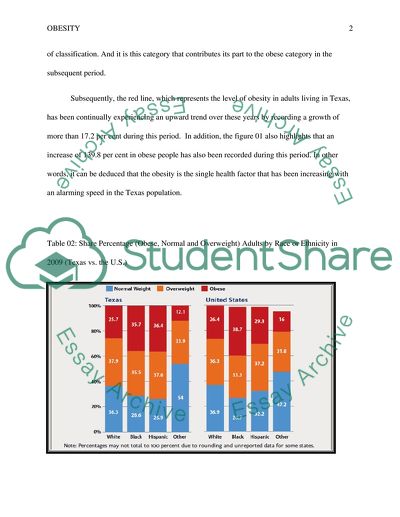Cite this document
(Obesity Prevalence Trends in Texas Adults Article, n.d.)
Obesity Prevalence Trends in Texas Adults Article. Retrieved from https://studentshare.org/health-sciences-medicine/1838881-obesity
Obesity Prevalence Trends in Texas Adults Article. Retrieved from https://studentshare.org/health-sciences-medicine/1838881-obesity
(Obesity Prevalence Trends in Texas Adults Article)
Obesity Prevalence Trends in Texas Adults Article. https://studentshare.org/health-sciences-medicine/1838881-obesity.
Obesity Prevalence Trends in Texas Adults Article. https://studentshare.org/health-sciences-medicine/1838881-obesity.
“Obesity Prevalence Trends in Texas Adults Article”, n.d. https://studentshare.org/health-sciences-medicine/1838881-obesity.


